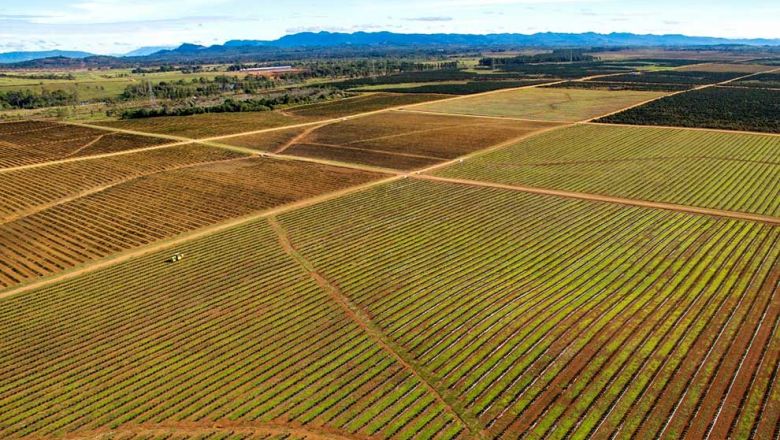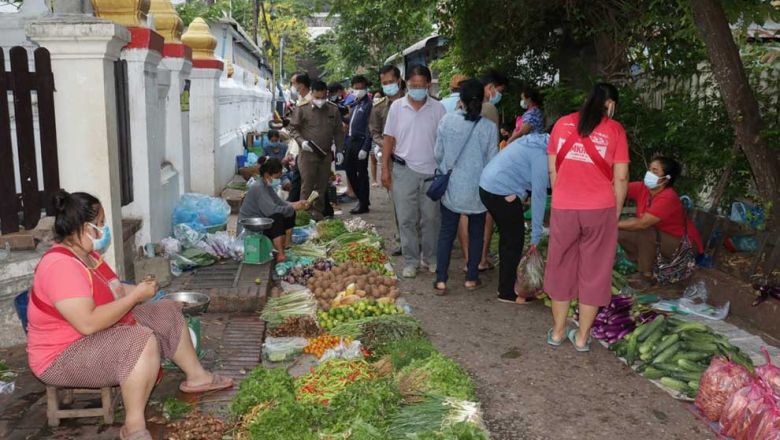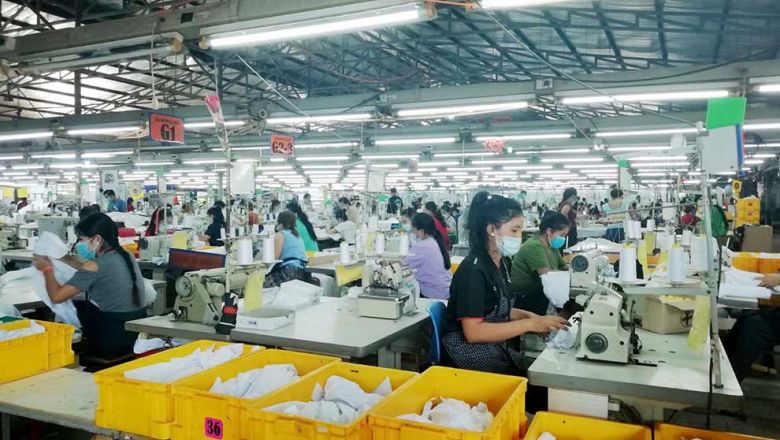Laos records lowest inflation rate in seven years
Laos records lowest inflation rate in seven years
he inflation rate in Laos over the past nine months of this year was recorded at 1.17 percent, a decrease of 0.65 percent compared to the same period last year.
This is considered the lowest inflation rate recorded since 2009, with economists saying the falling inflation rate can be mainly attributed to the drop in fuel prices.
However many people continue to complain about the rising cost of living, particularly the high prices of food and services.
A senior economist at the National Economic Research Institute, Dr Leeber Leebouapao, told Vientiane Times on Monday that inflation is just the averaged prices of all categories.
Prices in the food category have increased by 5 or 6 percent annually and I think that the cost of living is relatively quite high, he said.
The government has a policy to stabilise the currency exchange rate to create confidence in the business sector, keep product prices steady and boost the economy.
Commercial banks in Laos have lowered their interest rates for two consecutive years for both deposits and loans in line with a decision made by the Bank of the Lao PDR. Rates were lowered to stimulate investment in productivity and adequately meet market demand.
According to the Bank of the Lao PDR, the Consumer Price Index in July this year stood at 102.04 with the inflation rate at 1.97 percent before declining to 1.85 percent in August and 1.84 percent in September.
In general, the inflation rate has remained lower than the rate of economic growth which was recorded at 6.9 percent this year.
Since February last year, the inflation rate has been reported at below 2 percent.
However, low inflation can hurt the economy as businesses and individual consumers might postpone purchases, anticipating even lower prices.
Typically regional inflation is also low this year linked to lower commodity prices. In China, for instance, the Chinese government aimed to keep inflation at around 3 percent.
Reasons behind low inflation include the economic slowdown and the price slump of global commodities.
Weighed down by a property market downturn, industrial overcapacity and subdued global demand, the Chinese economy grew 6.9 percent last year, the slowest annual expansion in a quarter of a century, according to a China Daily report.
Meanwhile inflation in the 10 Asean member countries rose slightly from 1.7 percent in August to 1.9 percent in September, according to a report from FocusEconomics.
The result was driven by higher price pressures in Indonesia, the Philippines and Vietnam. Despite the slight rise, inflation remains at historic lows, which has opened the door for many central banks in the region to ease monetary policy rates.
In September, Bank Indonesia cut its policy rate by 25 basis points.
FocusEconomics is a leading provider of economic analysis and forecasts for 127 countries in Africa, Asia, Europe and the Americas, as well as price forecasts for 33 key commodities.

















